The Hardest Mountain Biking Race on Earth

The may be the most demanding mountain-bike race on earth. Started in 2010 as a ten-day event with multiple stage lengths in excess of 100 miles, the route takes riders through remote and mountainous terrain teeming with wild horses and with little in the way of course marshals—it’s each racer’s responsibility to carry a GPS tracking device.
On August 20, 65 starters toed the line for what is now a six-day race with a long stage of 82 miles. The favorites included the defending champion, Italian World Cup racer Nicholas Pettina; Cory Wallace, a Canadian who won three straight years before Pettina and is arguably the top stage racer in the world; and Payson McElveen, a 23-year-old pro and first-time entrant from Austin, Texas, now living in Durango, Colorado. The week was a dogfight, with the top trio attacking each other from the first stage to the final 15-mile time trial. Ultimately came away with the win.
Barcelona-based Italian photographer documented the race. “Mongolia, to me, is about getting far, far away to try to get closer to yourself,” he says.
Photo: “We saw kids on horses running around all the time,” McElveen says. “Those people live on horses. You’d see five- or six-year-olds on big horses sometimes, but a lot of time they seemed to have horses their size.”
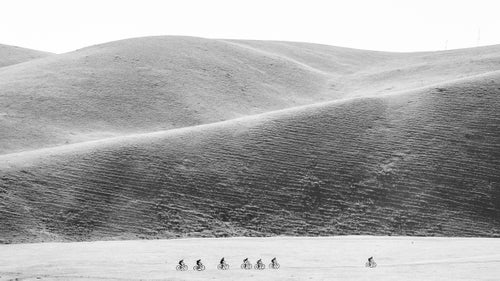
Despite the relative size of the hills in a lot of places—climbs ranged from 200 feet to 1,200 feet—the landscape in Mongolia evokes a rare vastness. It helps that there are no power lines or buildings to block the view.

“I asked some of the race officials how much singletrack there would be, and they said, “Maybe eight to ten percent,’” McElveen said. “I didn’t see a single foot of singletrack. But on the other hand, I didn’t see a foot of pavement either, other than a few roads we crossed.”
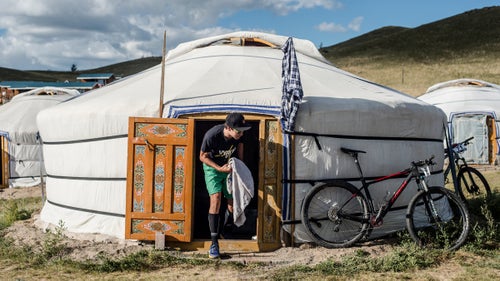
McElveen exits a Mongolian yurt, or “ger,” in one of the camps where the racers stayed. Each ger includes four beds against the walls and a wood stove in the middle.
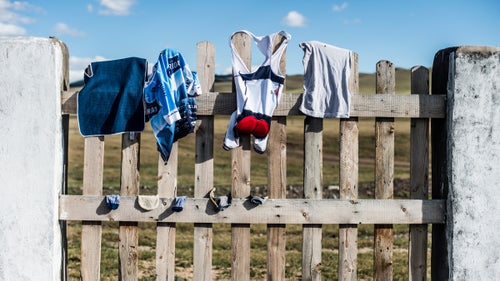
After each stage, racers hand-washed their kits in a bathroom or with a hose, then hoped they dried by morning.
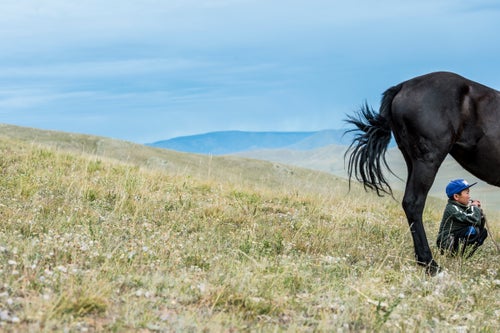
A local boy stopped to watch the parade of mountain bikers—most of them foreign—as they pedaled through his backyard.
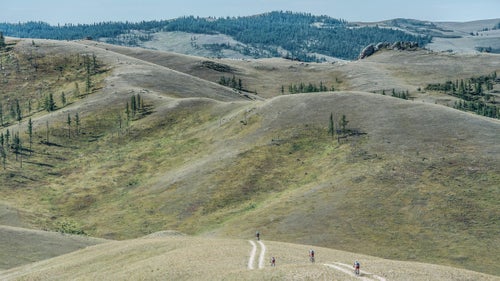
Four riders bomb down the doubletrack on Stage 2, the hardest of the race with 8,000 feet of climbing. It took the lead trio five hours and 15 minutes to finish.

In another scene from Stage 2, McElveen leads Pettina up a steep climb early on. Each stage included KOM segments that awarded the winner a 30-second time bonus, as well as 20 seconds and ten seconds for second and third, respectively.
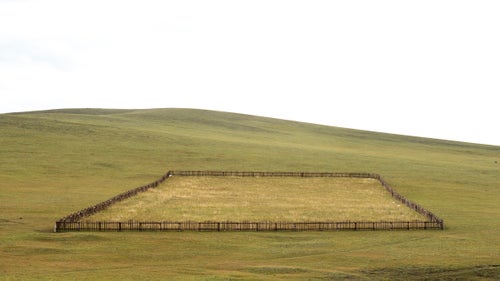
“They call Mongolia the Land of No Fences, which was pretty darn true,” McElveen says. “But every now and then you did see livestock paddocks like these.”
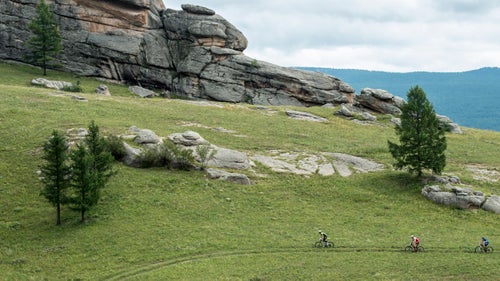
On Stage 3, the rolling landscape gave way to rock buttresses and pine trees (and 30 river crossings, some of them waist-deep) in Genghis Khan National Park. “One cool thing about Mongolia’s national parks is there are actual nomads living in them,” McElveen says. “People go wherever they want. They have very few possessions other than their horses or cattle.”